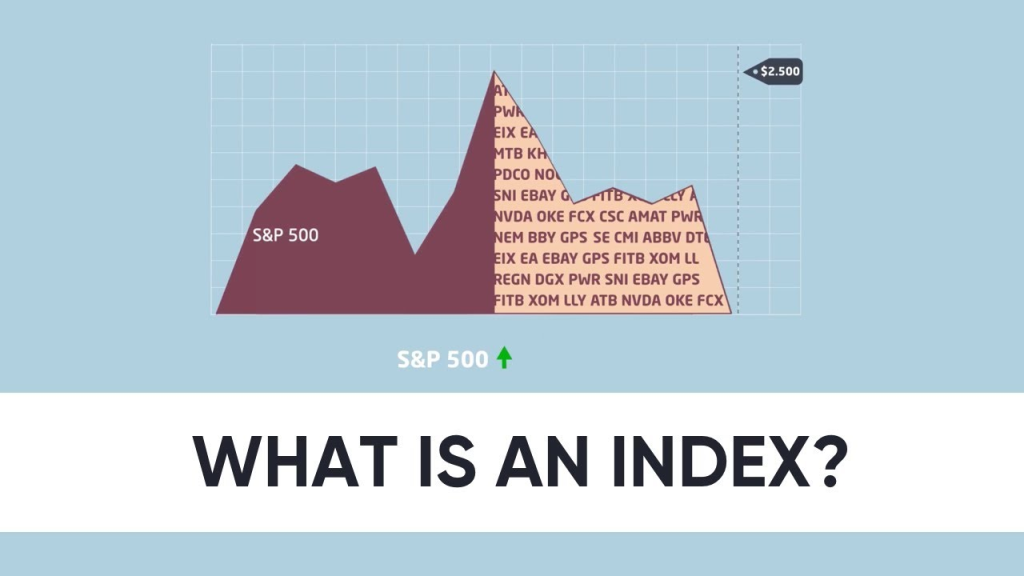What Is an Index in Trading? Why Are Indices Important?
What Is an Index in Trading?
If you’re new to the world of trading, you’ve likely come across the term “index” in your research. But what exactly is an index and why is it important? In this article, we’ll delve into the world of indices, providing you with a comprehensive understanding of what they are and how they can impact your trading endeavors.
Defining an Index
Let’s start with the basics. An index, in the context of trading, is a statistical measure that represents a particular segment of the financial market. It serves as a benchmark, reflecting the overall performance of a group of stocks, bonds, or other assets. Think of it as a yardstick that allows traders and investors to assess the performance of a specific market or sector. Indices come in various forms, each designed to represent a distinct market or asset class. For example, the S&P 500 index tracks the performance of the top 500 publicly traded companies in the United States. Similarly, the Dow Jones Industrial Average (DJIA) index focuses on 30 large, blue-chip stocks.Why Are Indices Important?
Indices play a vital role in trading and investing for several reasons. Let’s explore the key aspects that make indices significant for market participants.- Market Performance Measurement
- Comparison and Analysis
- Risk Management
- Investment Products
